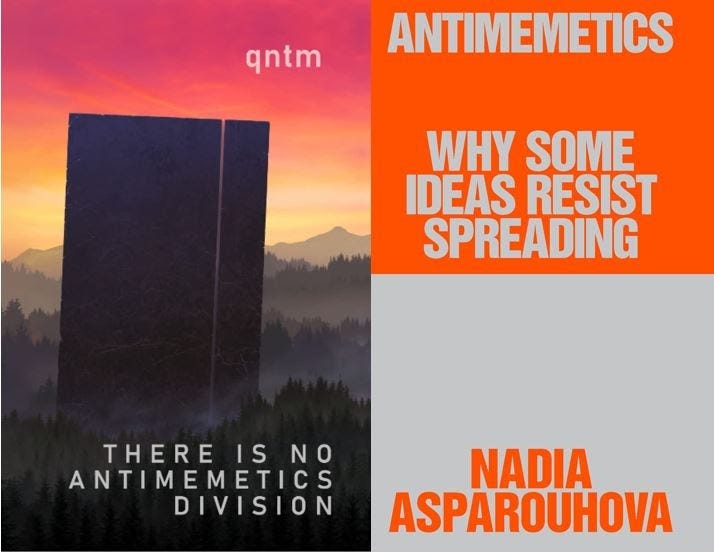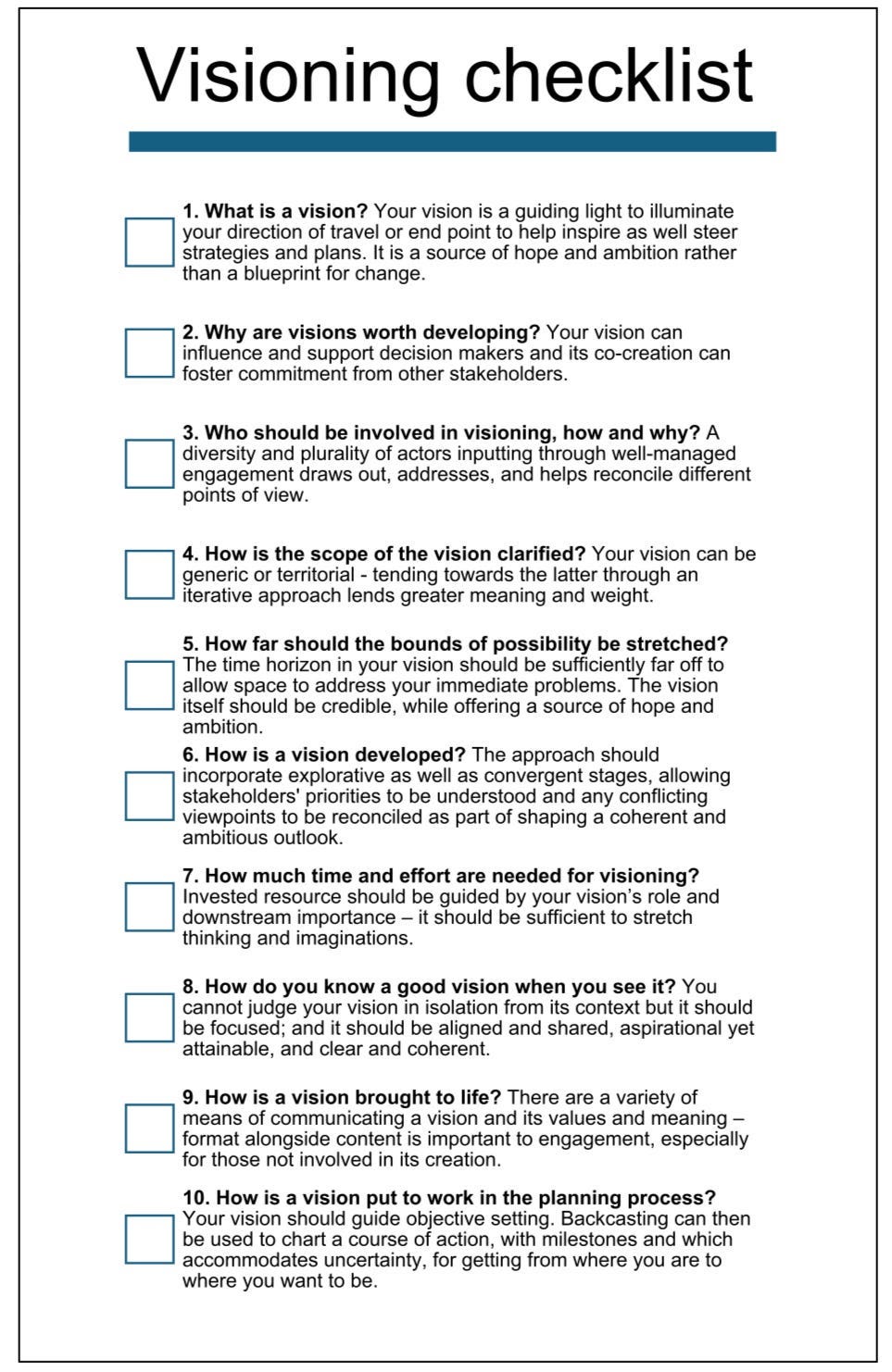20250720
The RPi5 is much smaller and lighter than the Cray 1, by many orders of magnitude. In fact we're talking just 50g versus 10 tonnes. The RPi5 uses far less power at around 12W versus the 115KW of the Cray. But what about performance? Can this tiny single-board computer match the awesome power of what was once the fastest computer on the planet? Well, as I mentioned earlier, the Cray had about 160MFLOPS of raw processing power; the Pi has... up to 30GFLOPS. Yes... that's *giga*FLOPS. This makes it almost 200 times faster than the Cray. So how does the price compare then? Well that Cray was US$40m in today's currency and an RPi5 will run you just US$120. You can crunch your own numbers to calculate interesting things like the "bang per buck" ratio of these two machines but it's very, very apparent through this comparison, just how rapidly our computer technology has advanced over recent decades.
People: When to wear airpods? Goals vs constraints. Burnout proofing. When the walkman was wrong. Aliveness.
Business: competitiveness futures.
Futures: Dreaming futures. Plenty of them - 2026.
Visioning for transport practitioners. And scenario planning. Visioning tools.AI: OpenAI into defence. Meta prompts are public. AI Native. AI con. OpenAI logs.
Planet: Form and function. Old Tjikko, 9000yo. Detecting feline stress. Beavers for pollution control.
Tech: Death of the camera. Smart tires to check roads health. 50$ computer vs Cray1. Loosing the hurricane satellites?
Navigating the Storm of Connectivity
The morning haze settled into the nook of downtown, where the scent of artisanal coffee mingled with the anxious chatter of tech workers. Jessica was scrolling through her phone, attempting to absorb as many life-hacks as she could before the next storm rolled in—a storm of data, emails, and the blaring alerts of her AI-assisted cat collar, aptly named Felix's Friend, which had begun to notify her of stress levels far higher than she’d anticipated (turns out, the targeted ads for gourmet cat treats weren't cutting it).
“Just don’t let him become too attached to the collar,” her colleague joked, snatching a sip of her overpriced oat milk latte. “You never know how these things turn out.”(1)
The question lingered: what if Felix had started developing a friendship with the collar, or worse, a disdain for the ever-watchful AI? After all, wasn’t that what the world was becoming—machines acting as appendages to our already cluttered lives, shadows of companionship in an era of hyperconnectivity? If you can’t trust your AI to handle a simple stress evaluation, how would you cope with your own soaring anxiety levels? Jessica sighed dramatically, her thoughts as organized as a library after a tornado had decided to learn the Dewey Decimal System.
As she tucked the phone away, she remembered the startling news from NOAA about the discontinuation of satellite data. “Imagine a hurricane without accurate tracking,” she murmured under her breath, as a chill swept through her. Mother Nature frowned deeper as she pondered whether to grant Florida a direct hit—or merely a brush past, like a disinterested cat flicking its tail after a failed attempt for attention.(2)
Then, there were the “burnout conquerors,” those brave souls who managed to create an ARMOR around their lives, fortifying themselves against the relentless tide of expectations. Autonomy, Rock-solid boundaries, Overcommunication, Trust building, and effective breaks. As wild imaginings of what a world without proper forecasting could bring bubbled in her head, she found herself wishing for the same resilience amidst the chaos of deadlines—"A cookie break can be a form of autonomous self-care," she decided, making a note.
But how could you overcommunicate when half the workforce could barely whisper what they needed without the accusatory gaze of AI, lurking like a digital seagull, waiting to snatch up any juicy tidbit of vulnerability? “Hey, can you let our WatchDog know I’ll be on my break while avoiding a potential existential crisis?” she texted. “Just a lovely day of impersonating a beaver while I try to sort through my thoughts on water quality.”(3)
And amidst her musings, the loud pop of a cyber tire’s indicator brought her back to reality, the metaphorical potholes of her mind now illuminated by the absurd irony of smart tires monitoring more than just road conditions. “Not so smart if you’ve forgotten how to nurture your mental state, huh?” she thought, rolling her eyes.
Leaving the office, Jessica glanced skyward, taking comfort in a structure she knew was ancient yet ever-resilient—the Old Tjikko tree. Over 9,000 years old and still sprouting—clones of hope amidst tragedy. “If a tree can withstand millennia, surely the rest of us can muster enough courage to handle a minor hurricane.”(4)
As she mounted her rusty bicycle, the soft hum of her high-tech cat collar chirped in reassurance, “Stress level normal.” She smiled, grim understanding blooming—perhaps the trick was not just enduring but actively imagining a future where both technology and humanity could indeed coexist, building trust rather than specters of distrust, where our occasionally quirky lives did not hinge upon the unyielding, command-line syntax of artificial intelligence.(5)
“Right, Felix,” she chuckled knowingly, “let’s ride into a delightful tomorrow full of gourmet cat treats and non-digitally-enhanced friendships.”



